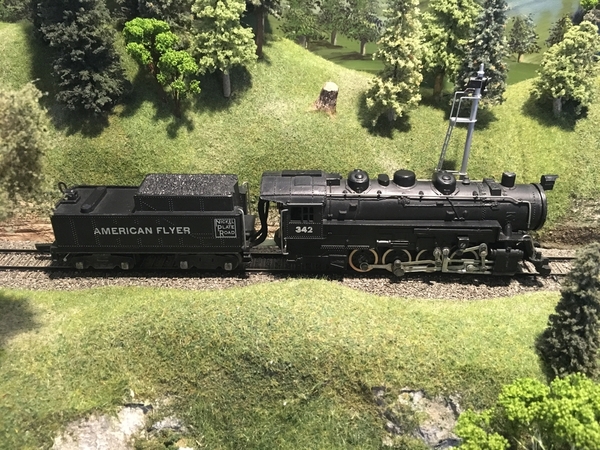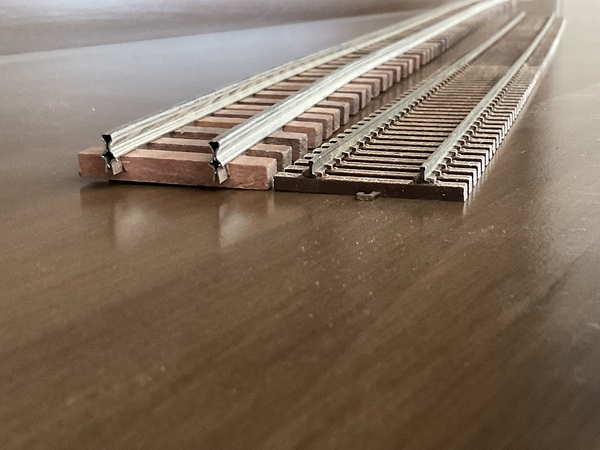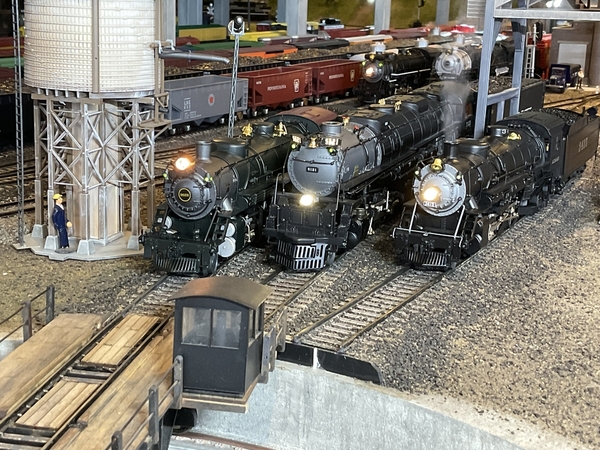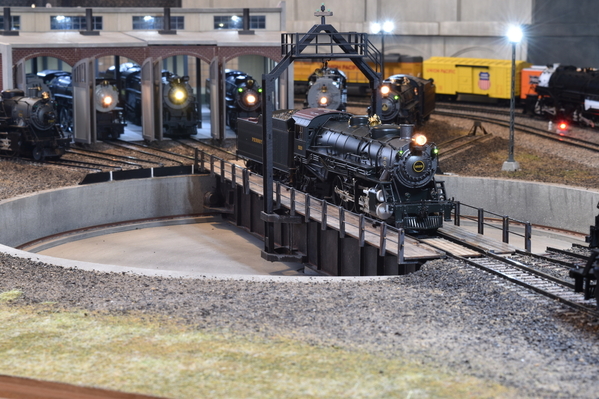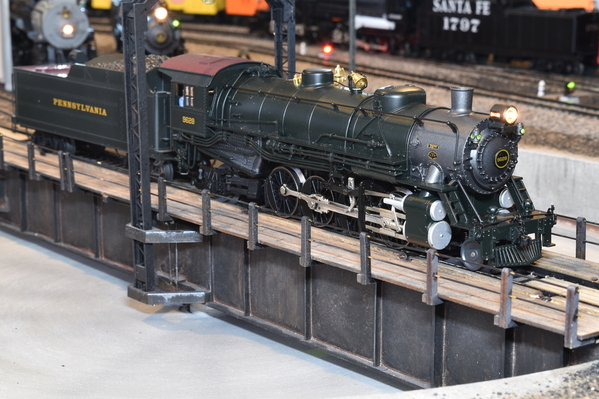Okay, so c.sam posted in this week's Weekend Photo Fun thread some pics of some gorgeous AF stuff he recently acquired.
Hopefully it's okay to re-post a couple of his pics here:
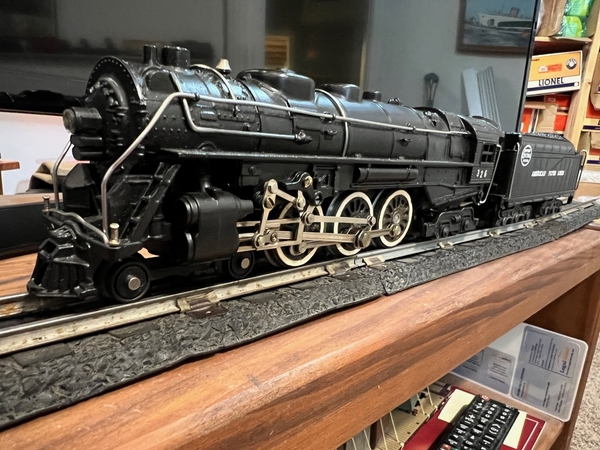
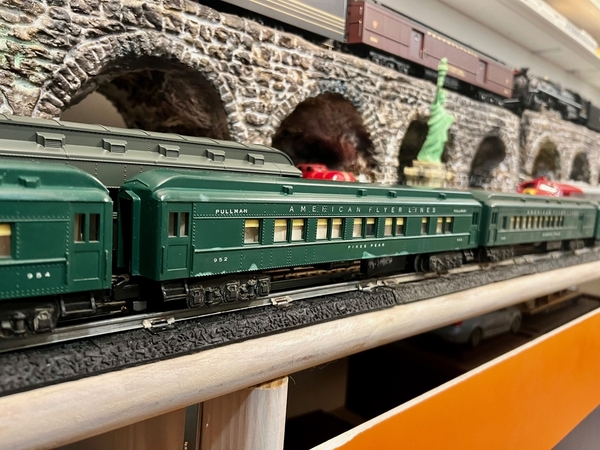
I gotta' say, the above trains are really VERY appealing to the eye. (LOVE that Hudson, and those psgr cars look SO much better than the truncated/high-water traditional 3-rail stuff.)
Now, before I ask some AF questions, you need to understand:
* I've always thought 3-rail Postwar Lionel traditional sized (and similar traditional sized stuff from other brands) would offer me a very good outlet for a way to enjoy trains during my "later in life" years. Reasons: Larger, thus easier to handle, more robust, reasonably trouble free (and easy to service), but still nice looking.
Well... the above AF stuff has me re-thinking that.
What I am seeing now, is that via AF and a "hi-rail" approach, I could have some very visually pleasing trains running on 2-rail. It would be trains that are still much easier to handle than my HO, trains that are far more robust than my HO, yet still have a nice scale look to them.
SO, now the questions:
* How does a 326 run? Is it relatively steady running through curves and such?
* Do the AF "smoke" systems work nicely?
* How do the Baldwin switcher and Alco PA's run? Same question: Reasonably smooth and steady?
* What size rail does AF require? IS there a modern alternative to the AF track system? (Curves, straights, switches.)
* What size radii do these trains need to look nice and run nice?
* Which couples/uncouples better: Knuckles or hook couplers? (Neither look very good, but the same goes for the huge knuckles on PW Lionel or the "scissors" type couplers on Marx.)
I reckon that will do for starters. Feel free to toss in your comments, pro or con. I need to know the warts that exist, too. (All trains have warts, some more than others.)
All fer now!
Andre


